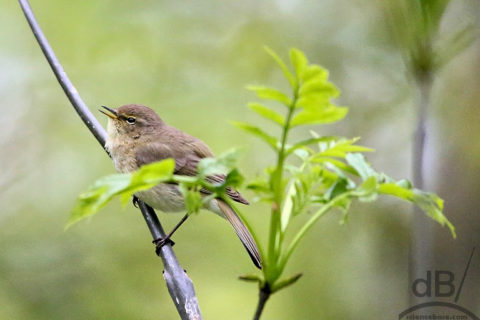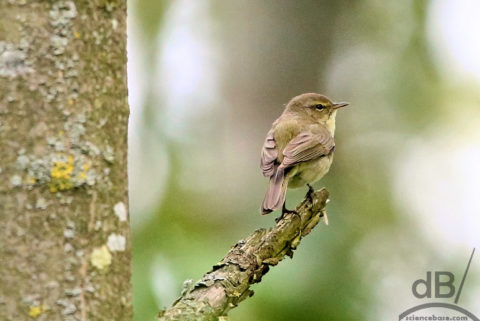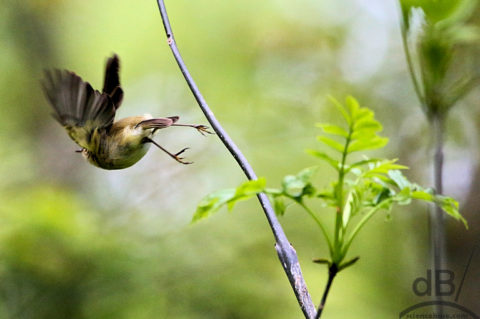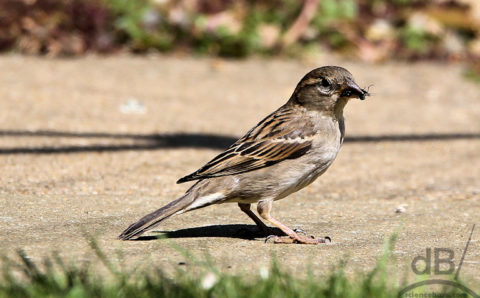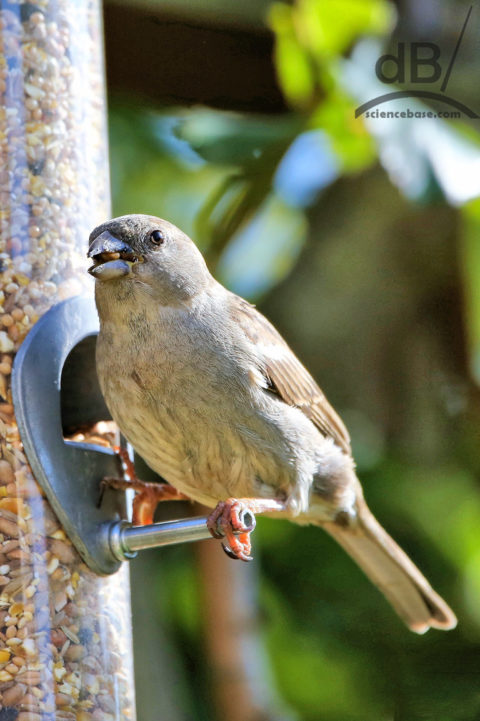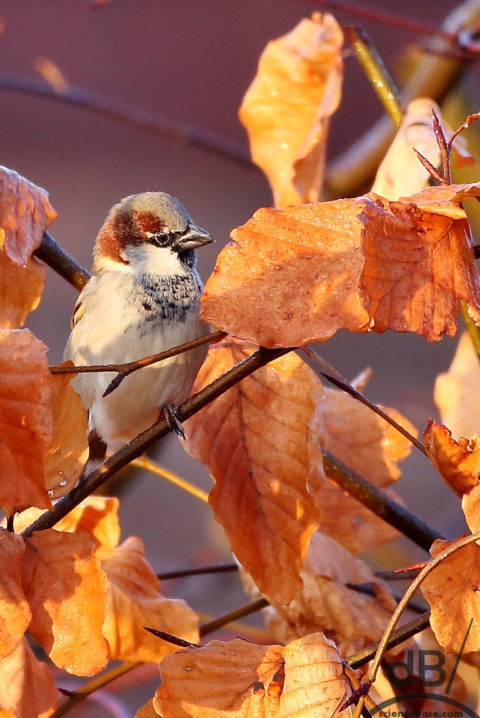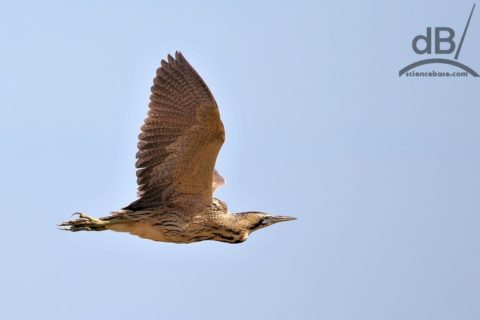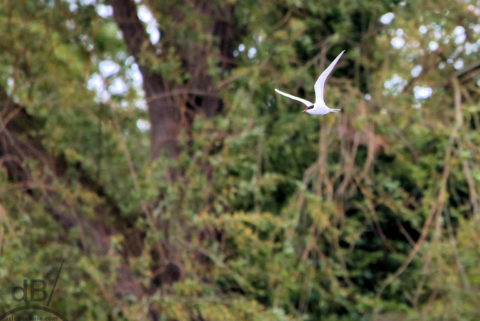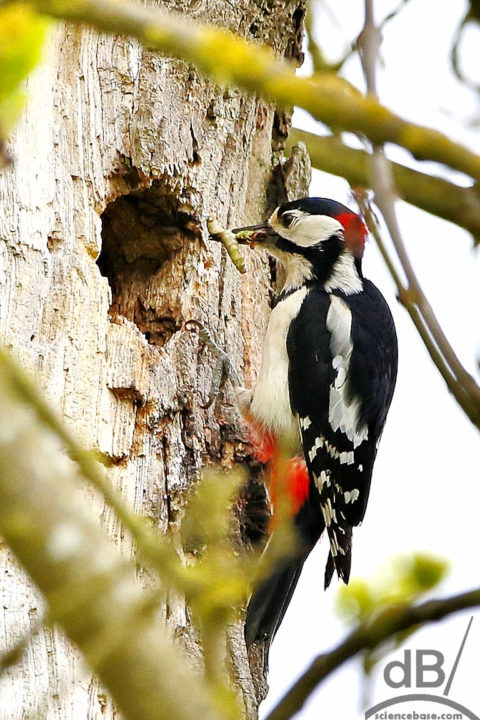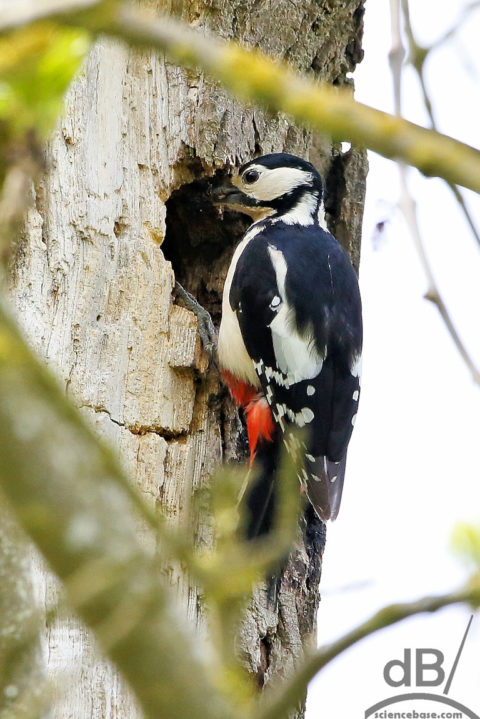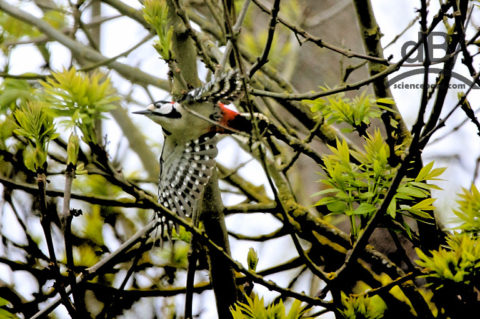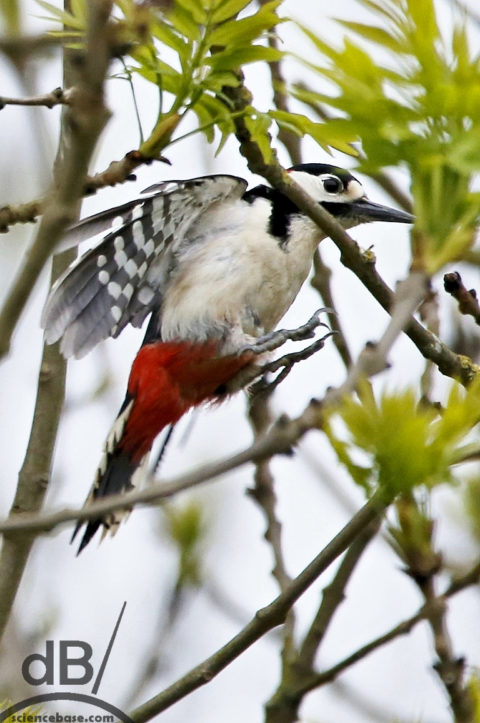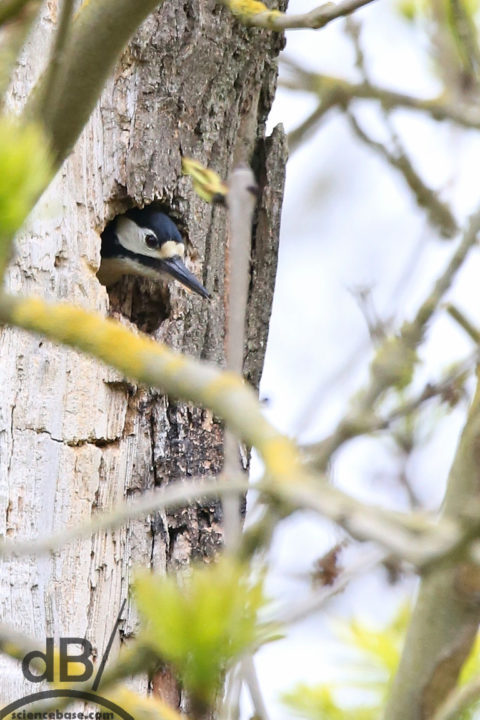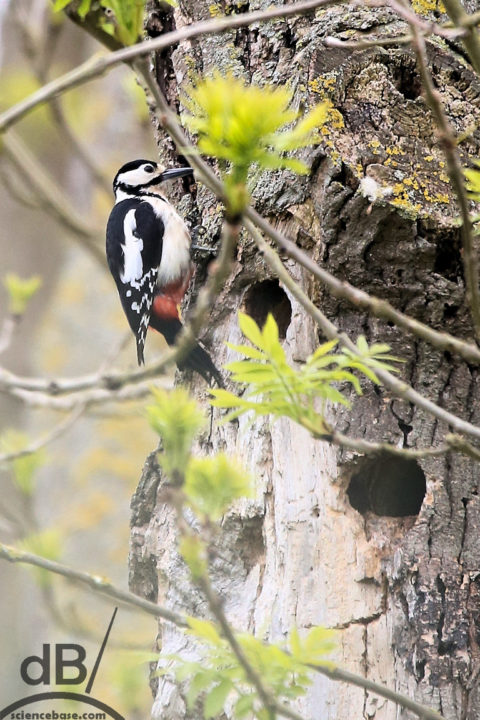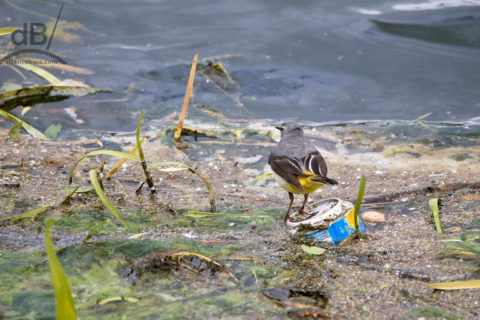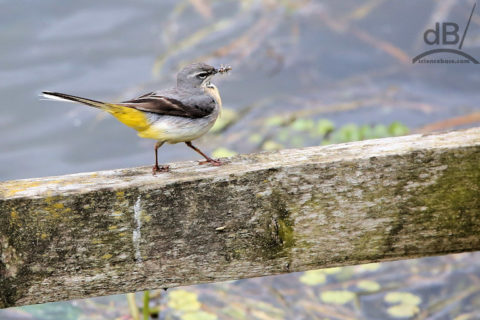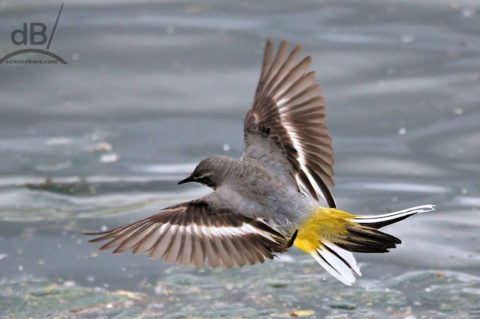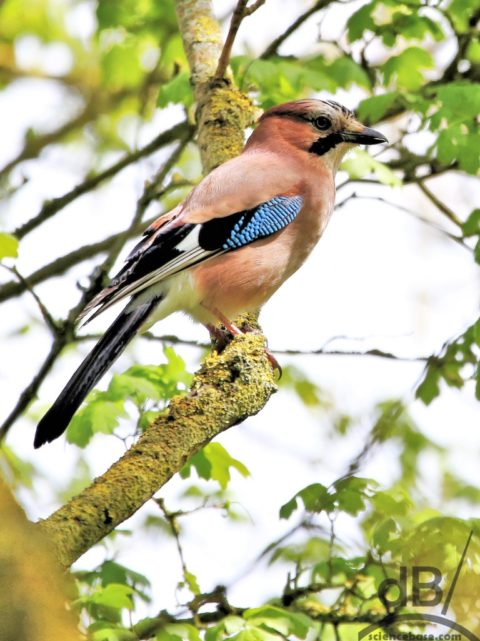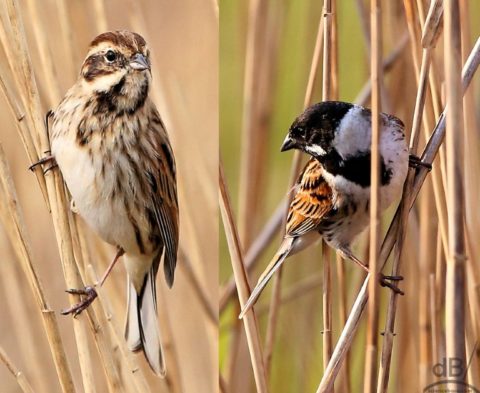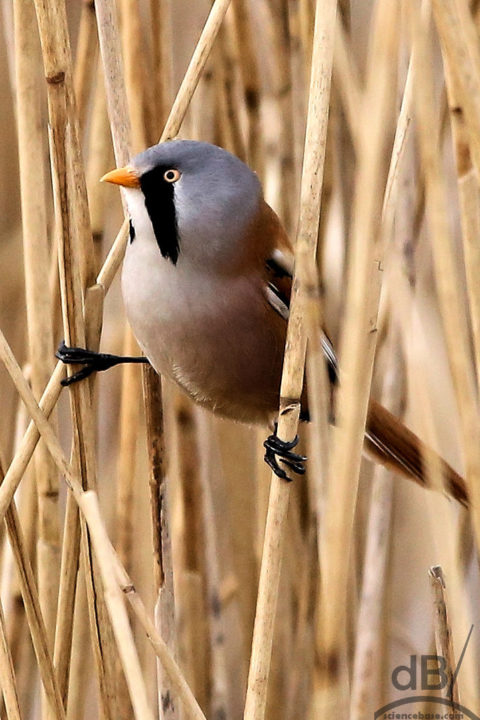Squealing swifts, the double vocalisations of the song thrush, the romantic ruminations of the robin, the chiff-chaff of the chiffchaff, the yaffling of the green woodpecker, the startled stutterings of the starlings, the warblings of the warblers, the cuckolding cuckoo. Then, of course, there are the birds called Sylvia, atricapilla and communis, the blackcap and whitethroat respectively.
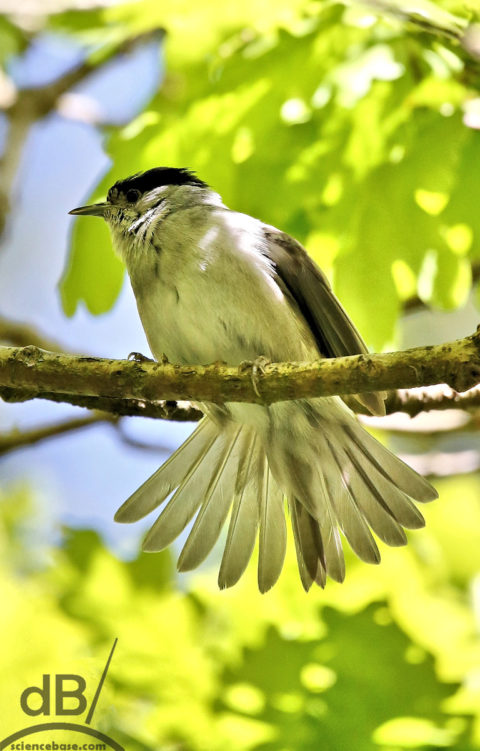
I don’t think I’d ever seen Sylvia atracapilla (the Eurasian blackcap) knowingly until spring 2017, I’d definitely heard the bird, it is a highly evocative sound of spring and summer. Beautiful, vibrant, warbling (the blackcap is one of the warblers). Often referred to as the “Northern Nightingale”. They usually migrate from Europe (Germany and Eastern Europe, specifically) to the British Isles, but many now over-winter in the UK. The males have a blackcap, the female’s cap is more a chestnut brown (as is that of the juveniles).
Blackcaps eat insects and berries and from my observations (having now seen at least a dozen in various locations), they seem to spend much of their time in the mid-level of the woodland, not seen them near the ground and only once high up in a tree, they’re mostly at about 2-3 metres doing their thing.
Anyway, there seemed to be a few about at RSPB Minsmere in the bluebell wood near the visitor centre. I heard this male first, then saw him darting about, fairly high up. He came straight towards me, not as shy as other ones I have seen. As a bustle of birders tried to catch a glimpse of him where he had been with their bins and ‘scopes, I got my camera up to catch his poses and this shot as he fanned his tail in the dappled afternoon sun.
